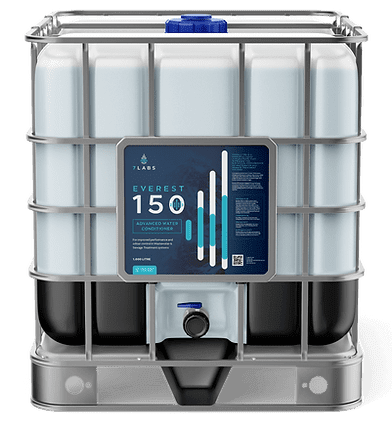Lift stations, essential components in wastewater management, play a crucial role in moving wastewater from lower to higher elevations. However, one persistent issue faced by municipalities, industries, and water treatment facilities is the odour produced by lift stations. These unpleasant smells, primarily caused by the decomposition of organic matter and chemical reactions, can impact nearby communities, affecting the environment and public perception. Companies like 7 Labs are pioneering innovative dosing solutions to mitigate lift station odours effectively, providing essential support for water utilities and businesses across Australia.
Understanding the Cause of Lift Station Odours

Odour issues in lift stations stem from various sources, with the primary contributor being hydrogen sulfide (H₂S) gas. When wastewater remains in lift stations for extended periods, anaerobic bacteria break down organic matter, producing hydrogen sulfide and other volatile compounds as byproducts. This gas, commonly referred to as “sewer gas,” emits a strong, unpleasant smell similar to rotten eggs, and can pose risks to both health and infrastructure. Other compounds, such as ammonia and organic acids, can also contribute to the foul odour associated with lift stations.
Factors influencing odour levels include the wastewater's composition, temperature, retention time, and pH levels. Warm temperatures, in particular, accelerate bacterial activity, increasing the release of H₂S and other odorous compounds.
Consequences of Ignoring Lift Station Odour
If left untreated, lift station odours can have several negative consequences:
-
Community Impact: Foul odours from lift stations can permeate nearby areas, causing discomfort and lowering the quality of life for residents and businesses in the vicinity. Persistent odour issues can lead to complaints, eroding trust in local water utilities and potentially resulting in costly mitigation efforts.
-
Health Risks: In high concentrations, hydrogen sulfide can cause respiratory issues, eye irritation, and even pose serious health risks for workers and nearby residents.
-
Infrastructure Corrosion: Hydrogen sulfide gas not only produces unpleasant odours but also leads to corrosion of lift station equipment and pipes. When H₂S interacts with moisture, it forms sulfuric acid, which can corrode concrete and metal structures, leading to costly repairs and maintenance.
-
Environmental Impact: In extreme cases, if odour-related gases are not managed, they can impact the environment by contributing to air pollution and, in turn, affecting local ecosystems.
Solutions to Control Lift Station Odour
Effective odour management solutions for lift stations must address the root causes of odour formation. Companies like 7 Labs offer innovative dosing liquids specifically designed to neutralize or prevent the formation of odorous compounds within lift stations. Here are some common approaches to controlling lift station odour:
-
Chemical Dosing: Dosing chemicals, such as nitrate-based solutions, can inhibit the production of hydrogen sulfide by providing an alternative oxygen source for bacteria. By diverting bacterial metabolism away from sulfate reduction, odorous gases are significantly minimized.
-
Bioaugmentation: This involves introducing specialized bacterial cultures into lift stations to outcompete anaerobic bacteria that produce hydrogen sulfide. These beneficial bacteria help control odours by breaking down waste without generating foul-smelling byproducts.
-
pH Control: Maintaining an optimal pH level can inhibit the formation of hydrogen sulfide. Adjusting the pH through chemical treatments can create an environment where bacteria are less likely to produce odorous gases.
-
Aeration Systems: Proper aeration can help keep wastewater in a more aerobic state, reducing anaerobic bacterial activity and minimizing hydrogen sulfide production.
Conclusion: The Importance of Lift Station Odour Management
With communities and industries relying on effective wastewater treatment, managing lift station odours is essential for public health, environmental protection, and infrastructure longevity. By utilizing advanced dosing solutions from providers like 7 Labs, water utilities and businesses can prevent and control lift station odours, ensuring a cleaner, more pleasant environment for everyone involved.





